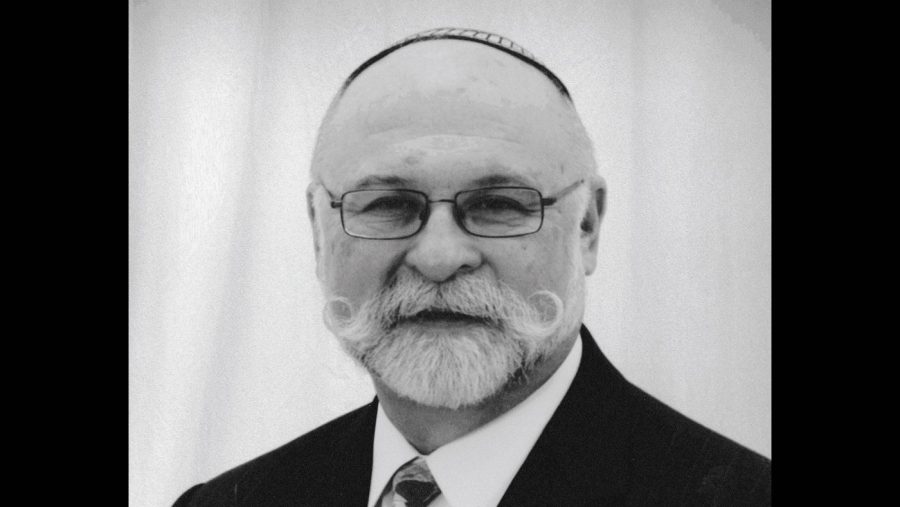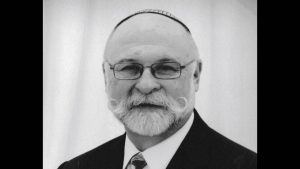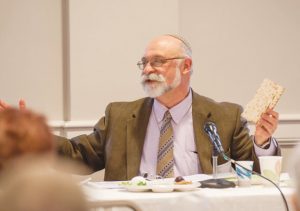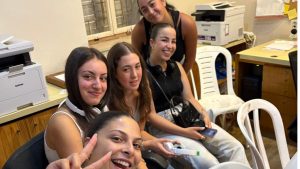D’var Torah by Rabbi Josef Davidson: We are all holy in the eyes of the Divine
Rabbi Josef Davidson is a member of the St. Louis Rabbinical and Cantorial Association, which coordinates the weekly d’var Torah for the Jewish Light.
Published February 10, 2022
In Tetzaveh, this week’s Torah portion, we learn that the High Priest was to wear a headdress to which a gold frontlet inscribed with “Holy to the Eternal” was attached by a blue cord. One might ask: Why was this gold frontlet attached to the headdress such that it hung on the High Priest’s forehead? What purpose did this serve?
Three answers come to mind. One is that it was to remind the High Priest of his holy office. A second is that it served to identify the High Priest to all who saw him. Each of these answers suggest that this was an identification badge intended to remind the High Priest and/or the people that he had been set apart from everyone else, sanctified to serve the Divine. For many, this might be reason enough for this instruction.
However, there is a third possible answer. Because the inscription was on the forehead of the High Priest, he was the one person who could not see it. How, then, might it remind him of his unique role? Visible to everyone else, it could have served as a means by which people could identify him as the High Priest. However, the rest of the High Priest’s clothing was so unique already and made him readily identifiable, why add this inscription? Perhaps the High Priest wore this inscription on his forehead so that when others gazed at it, they were reminded that they were “Holy to the Eternal.” Each and every person was holy, unique, valued and included through the ministry of the High Priest.
February is Black History Month, and Jewish Disability Awareness, Acceptance and Inclusion Month. In American society since its inception, these are groups of people who have been marginalized, ignored and excluded. Ideally, this month provides an opportunity to raise people’s awareness of the humanity of these marginalized populations.
We Jews, in particular, have long considered ourselves, in the words of the Torah, as a “holy people,” a “kingdom of priests.” We have long affixed to our foreheads inscriptions that remind us of our unique relationship with the Eternal.
Perhaps, we have thought that these were to remind ourselves of our holiness. However, I would propose that they are there to remind us and the people who come into our line of sight that they are holy.
We live in a diverse country, in a diverse world. We tend to divide ourselves along lines of race, gender identification, sexual preferences, religions, politics, economics, nations of origin and, of course, abilities. These divisions lead to a mindset that assigns holiness to one over the others, rather than one that assigns holiness to every human being.
Our Torah portion teaches us and this month raises our awareness that these divisions are artificial and constructs of our own making and that we can and must do better.
As we greet each day, may we greet each person whom we meet in such a manner that they receive the message that they are “Holy to the Eternal.” By so acting, we, too, will be holy.
Shabbat Shalom!
Rabbi Josef Davidson serves Congregation B’nai Amoona and is a member of the St. Louis Rabbinical and Cantorial Association, which coordinates the d’var Torah for the Jewish Light.

















